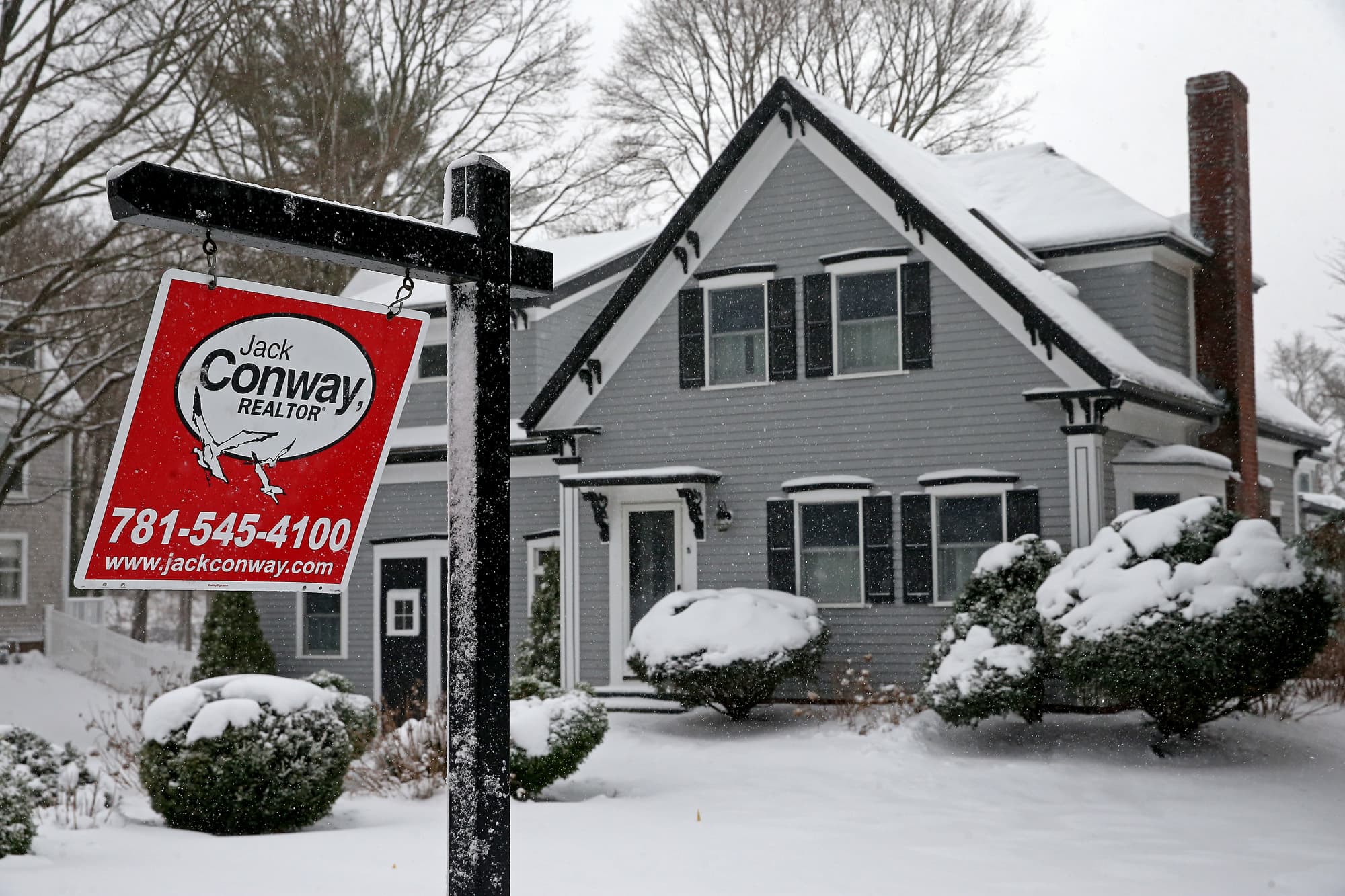
A house for sale on December 17, 2020 in Scituate, Massachusetts.
Matt Stone | MediaNews Group | Getty Images
After a brief pullback in December, buyers returned to the market, although they are still being hampered by record low supply.
Closed sales of existing homes in January increased 0.6% compared with December, according to the National Association of Realtors.
Sales ended the month at a seasonally adjusted, annualized rate of 6.69 million units, which was 23.7% higher compared with January 2020. That is the second highest sales pace since April 2006.
“Home sales are continuing to play a part in propping up the economy,” said Lawrence Yun, chief economist for the NAR. “With additional stimulus likely to pass and several vaccines now available, the housing outlook looks solid for this year.”
There were 1.04 million homes for sale at the end of January, a 26% drop from a year ago. At the current sales pace, there is now a 1.9-month supply, the lowest since the Realtors began tracking this metric in 1982. One year ago there was more than a 3 month supply.
The lack of supply in the face of strong demand continues to push prices higher and higher. The median price of an existing home sold in January was $303,900, a 14.1% increase from January, 2020. That is the highest January price that the Realtors have ever recorded.
“We need to build more homes,” said Yun. “Even though housing starts show a decline, it is interesting that the housing permits, the desire to build homes, remains at the highest in over a decade.”
Activity was slowest on the very low end of the market, with sales of homes priced below $100,000 down 28% year over year, and sales of million dollar homes up 77%.
Days on the market continue to be very swift, with homes selling on average in 21 days. Last January, homes sold in an average in 43 days.
Mortgage rates sat near record lows in December, when most of the contracts on these sales would have been signed. That gave buyers additional purchasing power, especially given sky-high home prices. In the past week, however, mortgage rates have moved sharply higher.
“Looking ahead, we expect demand to remain strong thanks to a large and still growing cohort of buyers reaching prime buying age, but rising prices and mortgage rates–which jumped this week–could dampen buyer enthusiasm as monthly costs go up,” said Danielle Hale, chief economist at realtor.com.
Sales of newly built homes, which are measured by signed contracts not closings, were up 15% year over year in November, which was the latest reading. New homebuilders are benefiting from the severe shortage of existing homes for sale, but they are having trouble keeping up with demand due to a recent spike in lumber prices. They are also seeing shortages of finished lots and skilled labor.




